Mastering Low-Key Photography: Definition & Creative Tips
In a world full of colors, there is something attractive about dark shadows. Dark images have their way of conveying your message and mood like nothing else. Low-key photography is a deep side of art that focuses on the main objects in a still and shifts your attention from the surroundings.
As beautiful as they are, they often come with many artifacts that can be removed effectively. This article shares the techniques and tools to polish your low-key photography for the perfect outcome.
Part 1. What is Low-Key Photography?
Unlike vibrant images, this type of photography is a dramatic style that uses minimal lighting to create pictures with shadows and dark tones. It uses darkness and depends on a single light source to highlight specific parts of the subject while letting the rest fall into shadow.
Visual Characteristics of the Image
Low-key images have a deep black tone, rich shadows, and sharp contrast between light and dark areas. The background is usually black or very dark, and the subject is only illuminated enough to define shape, texture, and emotion.
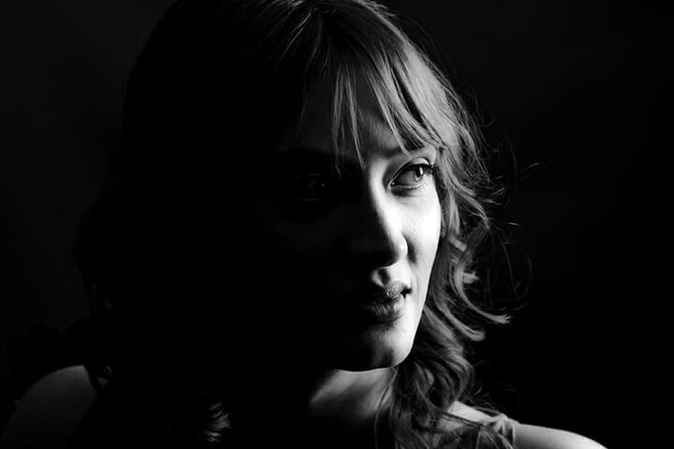
Mood and Storytelling
The heavy use of shadows evokes feelings of mystery and tension among the viewers. Low-key in photography also involves intimacy or solitude by making you think of the dark surroundings and not the object itself.
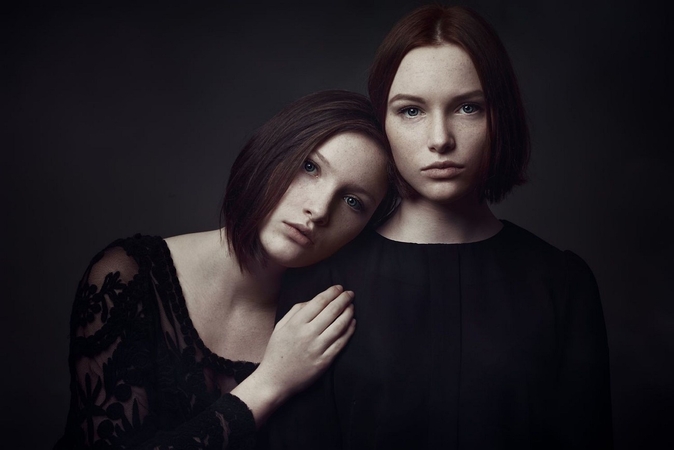
Part 2. Low-Key Photoshoot Ideas in Different Scenarios
If you are thinking why you might need to take such dark pictures, the following section will help:
1. Creative Use Cases
- In portraits, the moody and intimate tones highlight facial expressions and emotion with dramatic lighting. The emphasis on the contours and textures makes it suitable for conceptual or character-driven portrait series.
- The fashion industry benefits from this dramatic imaging type to highlight the fabric textures and shapes. You can introduce a classic clothing line by adding artistic flair to the runway or designer lookbooks.
- Photographers from fine arts explore the themes of identity and isolation through low-key photos. Using light and shadow for symbolic narratives, such photography presents minimalistic compositions.
- The music industry uses this photography type to create moody artist portraits or album covers, reflecting the tone of a musical genre.
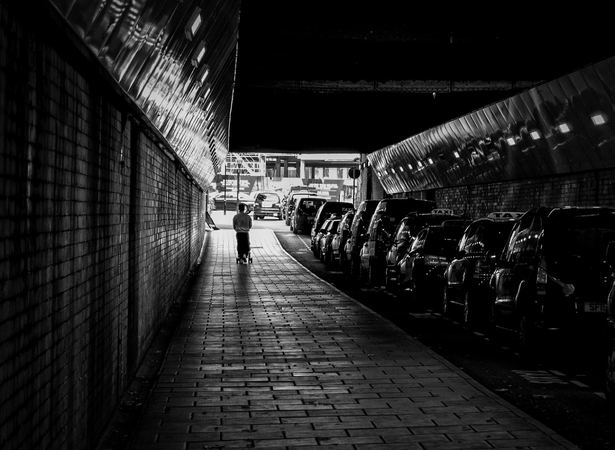
2. Market Usage
- If you are a product owner, you can use this technique to highlight the shape and material of your product to create a sense of luxury and elegance.
- To advertise these products, make moody visuals that stand out in markets to portray sophistication or elite status. Your ideal choices for applying this technique could be luxury fashion or automotive brands.
- Establishing tone and genre through lighting alone, create suspense to attract the audience with shadowed figures.
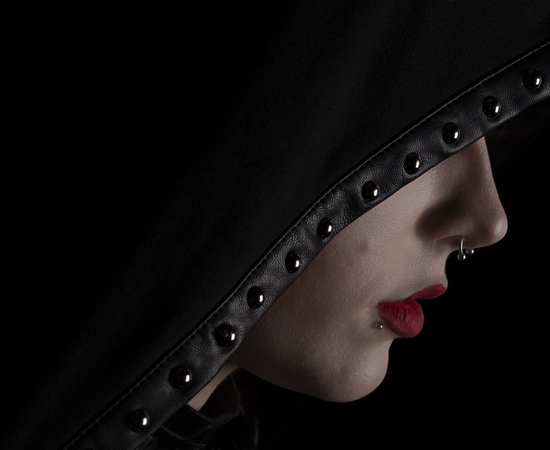
3. Emotional and Thematic Uses
- When you isolate the subject in shadow, you create quiet visuals that feel deeply personal and emotional.
- You can keep the viewer guessing what might be hidden in the dark surroundings by obscuring a part of your image.
- You might have observed that most leadership portraits and political imagery are showcased in low-key portraits to highlight power.
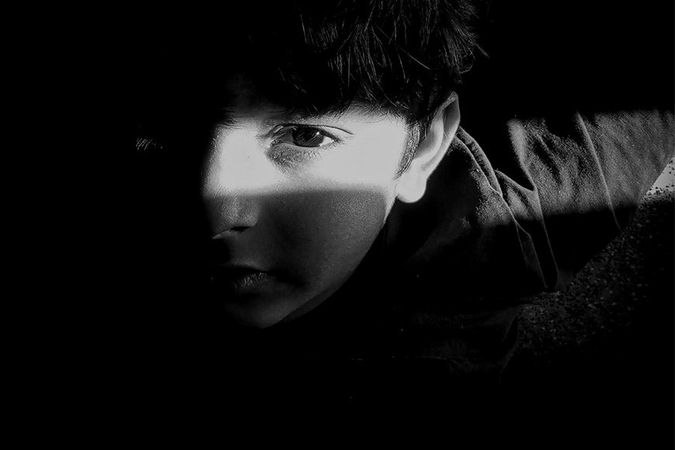
Part 3. Master Low-Key Photography Camera Settings
If you are trying to get the hang of this photography type, you will need some tips as you go. Using the following settings in harmony allows you to sculpt your image with light and shadowy tones that define low-key photography:
1. Camera Mode Recommendations
- Your go-to camera low-key photography settings must be the Manual mode as it gives you complete control over exposure and allows for lighting control in dark environments.
- The Aperture Priority Mode enables dynamic or semi-controlled lighting when you want a consistent depth of field.
- Set your camera settings to Spot Metering Mode to measure light from a specific part of the frame. This helps avoid overexposing the highlights in your subject while allowing the background to remain dark.
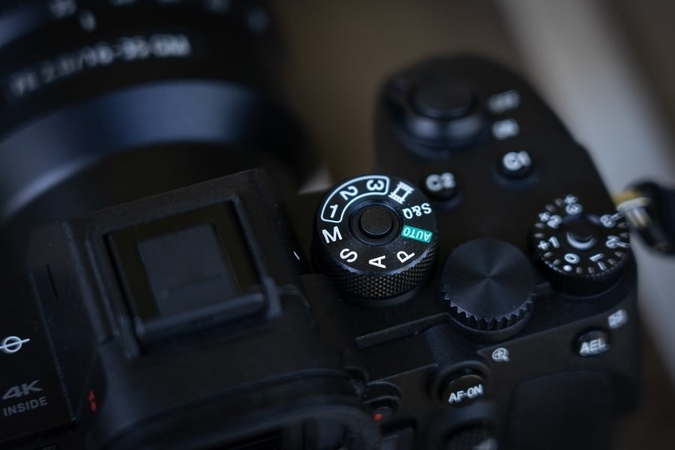
2. Lens and Aperture Choice
- While choosing the lens of your device, select the 50mm f/1.8 and 85mm f/1.4 variants to provide sharper images and wider apertures.
- A wide aperture with a low f-stop creates a shallow depth of field and draws focus to the illuminated part of your subject. Picking a narrower Aperture is useful if you want more detail across your subject.
3. ISO and Shutter Speed Tips
- Opting for a low ISO between 100 and 400 maintains image quality and minimizes digital noise in shadow areas.
- When you are in very low-light and cannot add lighting or slow the shutter, use a medium to high ISO of more than 800.
- As for the shutter speed, keep it 1/60s or slower to let in more light into the sensor. This setting for low-key photography is helpful in very dark environments.
- If you are aiming to capture the motion without blur, keep the shutter speed at 1/125s or faster. However, this setting requires light or a wider aperture to maintain correct exposure.

Part 4. Enhancing Low-Key Photos With HitPaw FotorPea
When capturing low-key images using the techniques above, you may still fail to achieve perfect results due to light control issues or camera settings. Image enhancement tools like HitPaw FotorPea allow you to optimize photos while preserving the integrity of their dark-toned aesthetics. It offers a range of AI models to overcome various visual imperfections—from blurriness and graininess to color discrepancies—ensuring all flaws in your low-key portrait photography are meticulously rectified.
Key Features
- Utilize the low-light model to brighten images captured in dim environments, restoring detail without overexposing the dark-toned ambiance.
- Leverage the face model tool to enhance subjects’ facial characteristics—softening skin textures for a gentle look or sharpening details for striking clarity.
- With upscale modes, choose between high-quality, fast-processing, or high-fidelity modes to tailor results precisely to your needs, balancing speed and perfection.
- For aged photographs, the old photo restorer removes grain, scratches, and discoloration, delivering a clean, rejuvenated image while preserving its historical charm.
- The noise reduction model eliminates unwanted digital noise from low-key images, ensuring sharp, smooth, and crystal-clear final results that highlight the moody, dramatic tones.
Walking You Through Enhancing Low-Key Photos Using HitPaw FotorPea
Now that you have a theoretical concept of the abilities of this tool, let's explore how to get this job done. The following guide teaches you to enhance low-key photography using HitPaw FotorPea:
Step 1. Start by Accessing the Photo Enhancer of this ToolTo start the process, launch the main interface of HitPaw FotorPea and press the “Enhance Photos Now” button to head to a new page.
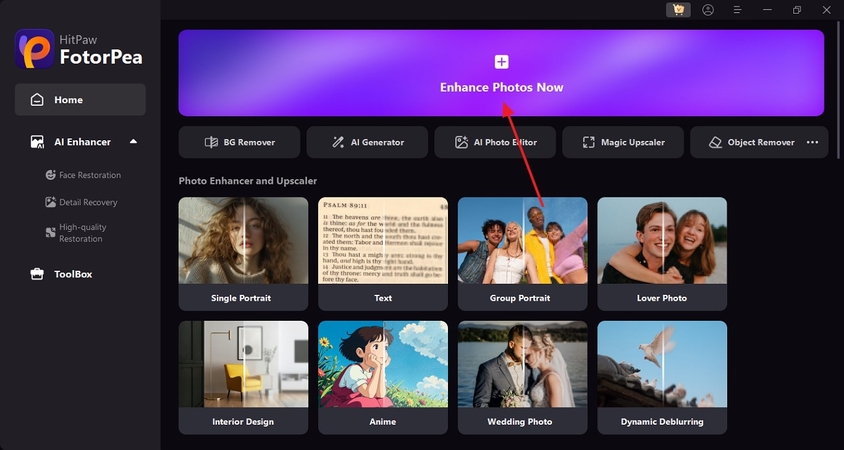
Step 2. Import the Low-Key Photos on Your Device
Using the next interface, select and import the low-key images by clicking the “+” button.
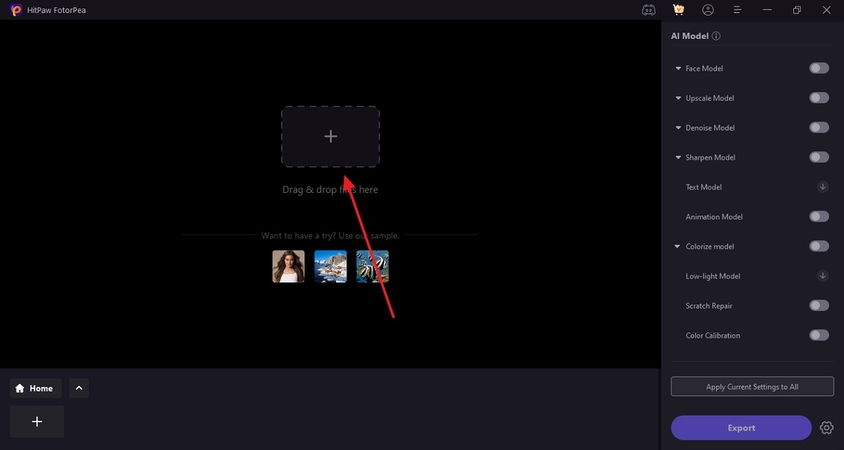
Step 3. Select the Upscale Model to Proceed
When the imported image appears, enable the “Upscale Model” and enter your desired specifications. Once the settings have been specified, select the “Preview” button to see the results in a few moments.

Step 4. Export the Enhanced Image in Your Desired Settings
When the picture quality has been upgraded, pick the “Export” button to save the image to your device.
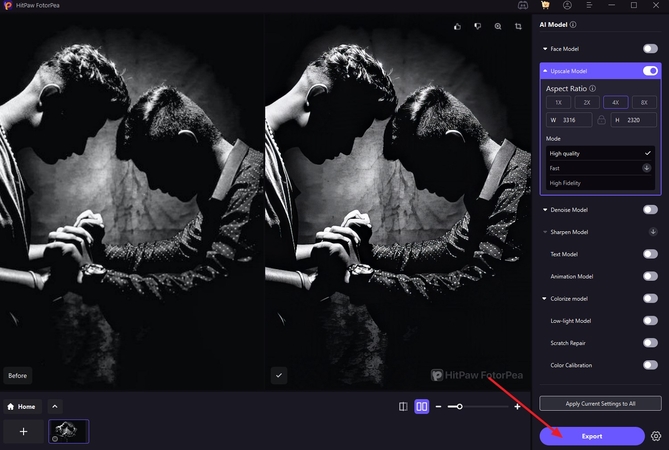
Part 5. FAQ of Low-Key Photography
Q1. What is the difference between high key and low key photography?
A1. The former uses even lighting with mostly light tones and minimal shadows to create a cheerful mood. Meanwhile, low-key photography uses minimal lighting and deep shadows to create dramatic and moody visuals.
Q2. How to shoot a low key portrait with ease?
A2. To get the best out of your creative low-key photography, it is best to use a single light to create strong shadows on a key object against a dark background. Consider setting your camera to manual mode with a wide aperture to expose the lit areas while keeping the rest in deep shadow.
Q3. What are some examples of high-key photography for inspiration?
A3. This photography includes bright and airy portraits with soft lighting and is used in fashion or baby shoots. It is also common in product photography, where the goal is to emphasize freshness or simplicity.
Q4. Can I shoot pictures in this photography type using natural light?
A4. You can shoot low-key photography using natural light by positioning your subject near a single window or a small light source to create strong shadows and contrast.
Conclusion
Conclusively, this article was a beginner’s guide to low-key photography and the tips that help you get the best outcomes. Once you have captured the pictures, use HitPaw FotorPea to upgrade the image quality of all your dark-toned artistic photos.










 HitPaw Edimakor
HitPaw Edimakor HitPaw VikPea (Video Enhancer)
HitPaw VikPea (Video Enhancer) HitPaw Univd (Video Converter)
HitPaw Univd (Video Converter) 
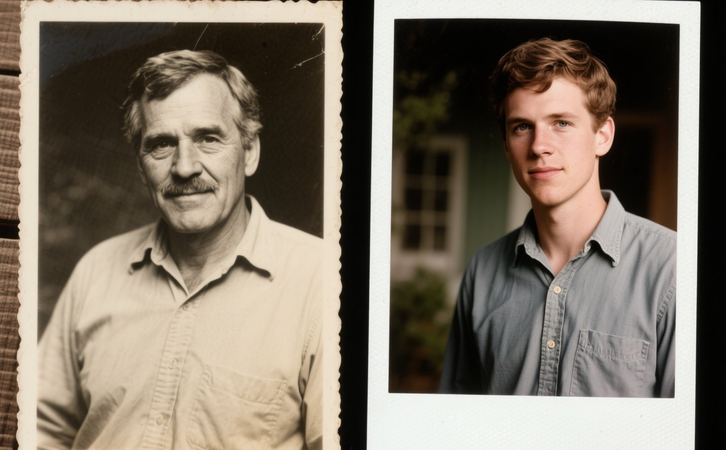
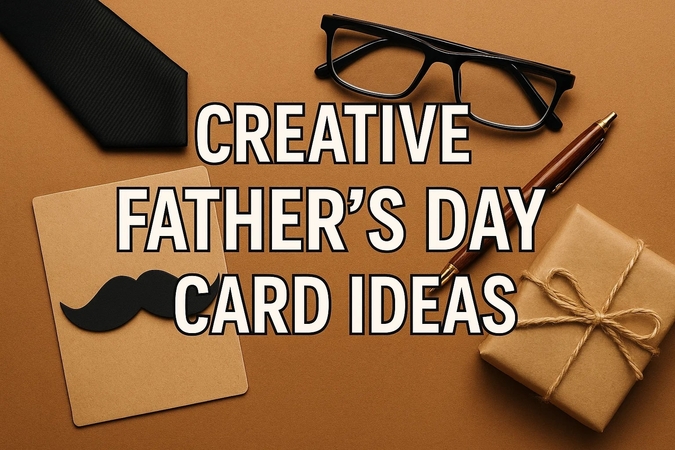

Share this article:
Select the product rating:
Daniel Walker
Editor-in-Chief
This post was written by Editor Daniel Walker whose passion lies in bridging the gap between cutting-edge technology and everyday creativity. The content he created inspires the audience to embrace digital tools confidently.
View all ArticlesLeave a Comment
Create your review for HitPaw articles